Bastion
LQ: 9.15
Recommended Age: 10+
Skills Used: Planning, Working Memory, Mathematics, Reading
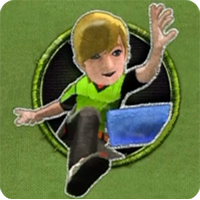
In this game, one or two players race through hazardous rollercoaster-like tracks atop platforms, and as they race bars and other obstacles spring forward towards them. Players can move freely on the platform, allowing them to dodge left and right, duck and jump over hazards as they spring forward. The primary goal in Kinect Adventures: Reflex Ridge is to make it through the course as fat as possible, but each time a player gets hit his platform will slow down. Periodically handles show up on the course, which players can grab onto to launch themselves forward for more speed. Because the game’s controls are easy to learn, no violence or inappropriate content is featured, and no academic skills are needed to play, this game comes recommended for players ages 6 and up.
Recalling and retaining information in her mind while working.
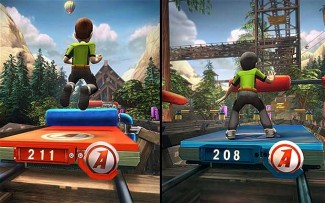
This game helps children practice their Working Memory skills by requiring them to make laps around hazard-ridden courses. To attain the best scores possible, players must be able to anticipate the ducks, jumps, and dodges they will have to perform in order to maintain consistent speeds. As they repeat the courses, players will begin to learn the layouts of each course, and being able to recall this information will enable players to maximize their scores. The more times they repeat each level, the easier it will be for players to anticipate hazards and attain the best scores possible.
Adapting and adjusting to changing conditions and expectations.
Since players have to adapt quickly to the hazards that continually pop up throughout the course, quick reactions and movements are key to success. Players who remain rigid and cannot easily move around will have trouble gaining speed, making the game a great way to get kids moving. By reacting quickly to the unique layout of the course and freeing up their movement to dodge obstacles, kids are not only thinking fast with their minds, but with their muscles as well.
Maintaining attention and effort during tasks and seeing them through to completion.
Physical exercise that involves complex body movement and keen coordination such as boxing also has benefits for improving focusing skills, and research shows that vigorous physical activity can also help boost attention and concentration for up to 4 hours after exercise.
Use this PlayTogether guide to learn how you can help your child turn Kinect Adventures: Reflex Ridge play time into a positive learning and relationship-building experience. To learn more about why playing games with your children is so important, check out our Science of Play page!
Take a minute to talk with your child about how the Working Memory, Flexibility and Focus thinking skills work, and why they are important for success in school and at home.
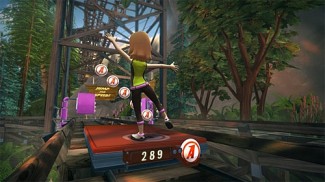 Kinect Adventures: Reflex Ridge can be experienced with one or two players, allowing you and child to either play together cooperatively or compete one-on-one. This means both you and your child can work together to meet the gameplay goals listed below, or you can compete to see who can complete each goal first.
Kinect Adventures: Reflex Ridge can be experienced with one or two players, allowing you and child to either play together cooperatively or compete one-on-one. This means both you and your child can work together to meet the gameplay goals listed below, or you can compete to see who can complete each goal first.
Gameplay Goals:
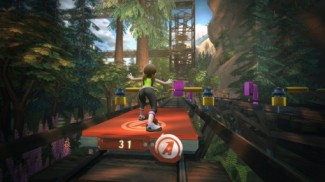 After you have played through ten rounds of Kinect Adventures: Reflex Ridge, take a minute to pause the game and talk with your child about how the game is exercising your Working Memory and Flexibility skills.
After you have played through ten rounds of Kinect Adventures: Reflex Ridge, take a minute to pause the game and talk with your child about how the game is exercising your Working Memory and Flexibility skills.
Our Make it Real activites are designed to transform your child’s gameplay into real-world improvements in thinking and academic skills. If you’re just getting started with LearningWorks for Kids, we suggest you try them all to find which are the best for you and your child.
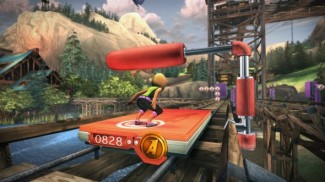
Read over the pages for Working Memory and Flexibility. Then take some time to introduce these thinking skills to your child.
Explain That:
Relating new information to what is already known will help Working Memory. The rules of lacrosse are easy to remember if you know the rules for hockey, because the two sports are very similar. Many children find that they are able to remember the rules of new video games based upon what they have played in the past. Ask your child to reflect on how her past knowledge from games, movies, or activities can help in the present situation. For example, if she is watching a movie sequel, ask her to predict what might happen based upon memory of the previous movie.
Make mistakes. Showing your child that you are not afraid to make mistakes and that you can laugh at yourself, might allow him to laugh at his own errors. Show that you are able to learn from making a mistake. You can make a mistake by going the wrong way to an activity, mixing up ingredients in a recipe, making a hole in the wall while you are trying to hang a picture, or making an error when trying to complete a crossword puzzle or Sudoku. Encourage your child to talk about how he can learn from making mistakes.
Food is energy fuel. Tune in to your child’s eating habits and energy levels. There are many children whose energy levels fluctuate based upon when they have last eaten. If you observe that your child is someone who needs to eat on a regular basis, make sure that she has readily available snacks such as fruits, nutritional snacks, or drinks. You may also wish to inform her teachers of her fluctuations of energy levels so that they may pay attention and ensure that your child takes an appropriate break for a mid-morning, or mid-afternoon snack during school. Fresh fruit, granola bars, baby carrots with dip, chocolate milk, fruit juices, peanut butter with bananas, apples or celery, and roasted nuts are all popular and healthy selections that can help in both starting homework or as a reward for completing homework.
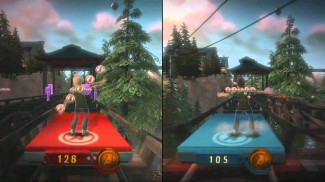 Children dealing with the challenges of ADHD often struggle with Focus and Working Memory, making Reflex Ridge serves as a great way to help them exercise these skills. Active, motion-based games such as this employ a great deal of movement and vigorous exercise, which studies have shown can also change brain chemistry in a positive way that improves attention.
Children dealing with the challenges of ADHD often struggle with Focus and Working Memory, making Reflex Ridge serves as a great way to help them exercise these skills. Active, motion-based games such as this employ a great deal of movement and vigorous exercise, which studies have shown can also change brain chemistry in a positive way that improves attention.
All membership plans come with full access to our entire suite of tools learning guides, and resources. Here are a few of the ones we think you’ll like the most: